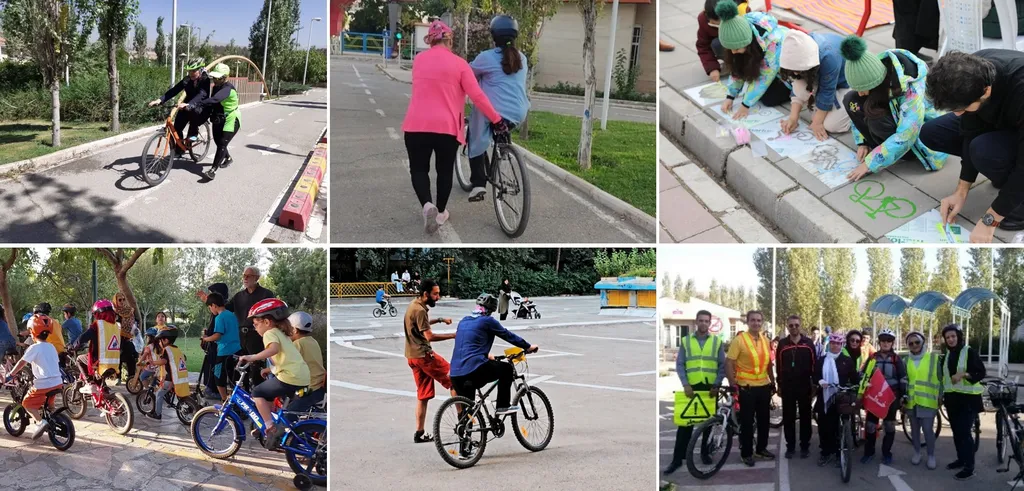In the heart of Tehran, a silent revolution is brewing, not powered by engines, but by pedals. A recent study published in the journal *Sharif Civil Engineering* (مهندسی عمران شریف) by Khashayar Mahmoudian from the Department of Civil Engineering at Sharif University of Technology is steering the conversation towards sustainable urban mobility, with a focus on bicycle lanes. The research, titled “Prioritizing the Construction of Bicycle Lanes in the Central Area of Tehran Based on Sustainable Transportation Principles,” is a beacon for cities grappling with traffic congestion and pollution.
Mahmoudian’s study zeroes in on three routes in Tehran’s central area, evaluating them based on safety, attractiveness, and movement potential. “We’re not just looking at where to put bike lanes,” Mahmoudian explains. “We’re considering what makes a bike lane effective—safe, appealing, and well-connected to the rest of the city’s transport network.”
The study employs the Analytical Hierarchy Process (AHP) to weigh the importance of various factors. Under the safety criterion, the slope of the route, permissible vehicle speed, traffic volume, number of intersections, and location of congestion charge zones emerged as critical. “A steep slope or high traffic volume can make a route less safe for cyclists,” Mahmoudian notes. Meanwhile, attractiveness considers land use diversity and green spaces, while movement potential looks at resident population, public transport stations, and proximity to educational centers.
The results are compelling. Shoosh Street tops the list for bicycle lane construction, followed by 17 Shahrivar Street and Ferdowsi Street. This research isn’t just about painting lines on roads; it’s about reimagining urban spaces to prioritize sustainable, active transportation.
The commercial impacts for the energy sector are significant. As cities worldwide push for sustainable solutions, the demand for innovative urban planning and infrastructure is set to soar. This research could influence future developments, shaping cities that are not only greener but also more livable. “By prioritizing bicycle lanes, we’re investing in healthier communities and a more sustainable future,” Mahmoudian asserts.
As Tehran and other cities around the globe grapple with the challenges of urbanization, Mahmoudian’s research offers a roadmap for integrating cycling into the urban fabric. It’s a reminder that sometimes, the most effective solutions are also the simplest—like the humble bicycle.

